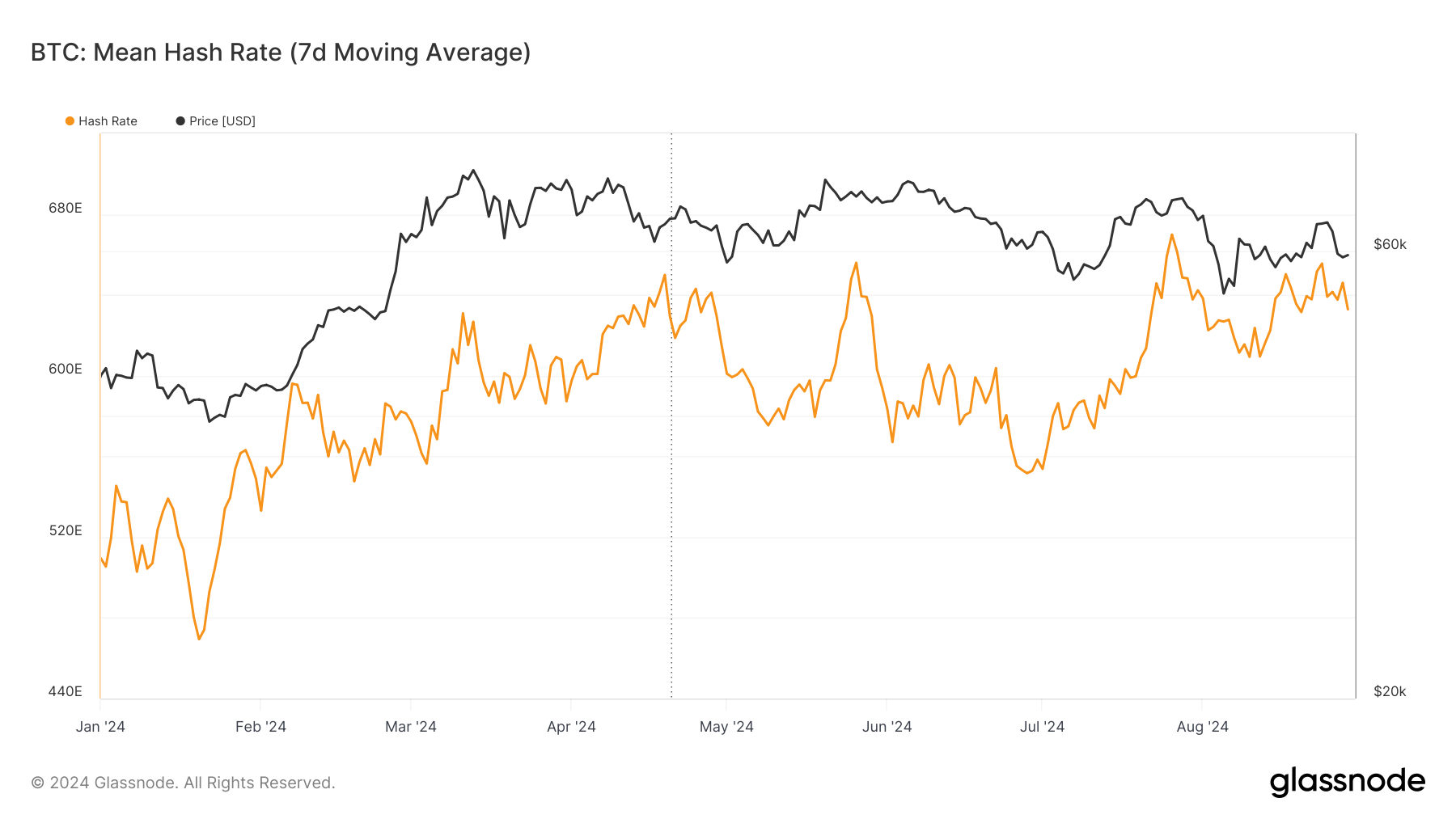The European Commission has published a draft bill detailing its plans for a digital euro, from preserving cash usage to protecting user privacy and security.
The EU’s executive arm, unveiled its legislative proposals which details the Commission’s plan to make the digital euro legal tender and make it available across the eurozone while still preserving cash payments.
The euro is a symbol of Europe’s unity and strength.
For more than two decades, people and businesses have been accustomed to paying with euro coins and banknotes.
And this would not change with a digital euro ↓
— European Commission (@EU_Commission) June 28, 2023
The Commission revealed that 60% of residents still want to use cash for payments. However, a rising number of people are using digital payments, making it critical for the European Central Bank (ECB) to keep up. In some countries like Norway and Finland, only 2% of payments are made in cash.
The first legislative proposal focuses on safeguarding the role of cash and ensuring it’s universally accepted as payment. The Commission seeks to establish a legal framework for a digital euro in the second proposal.
The CBDC would exist alongside the current payment options, the plan says. However, only the ECB can decide when and if to issue a digital euro. The Commission wants the digital euro to be available both online and offline. Online payments would offer the same privacy as existing digital payments, it says.
However, offline payments would offer enhanced privacy, “just like when paying with cash, and the same as what they disclose when they take cash out of an ATM. Nobody would be able to see what people are paying for when using the digital euro offline.”
The Commission further proposes making basic digital euro services free to foster financial inclusion. Unbanked users can access the CBDC after opening an account with any public entity, including post offices.
“Bringing the euro into the digital age is an important European project. By complementing cash, I have no doubt that a digital euro will bring advantages to citizens and businesses across the EU,” Mairead McGuinness, Commissioner for Financial Services, commented.
On its part, the ECB welcomed the proposals and pledged to work with the Commission and other EU institutions on the project.
ECB to make digital euro decision in October
President Christine Lagarde said that The ECB would decide whether to move forward with the digital euro project in October.
In a speech in Portugal this week, the former IMF head clarified that despite the hype, the central bank has yet to commit to a digital euro. In the past few years, it has been studying the feasibility of the CBDC, its risks and benefits, and will decide on what’s next in a few months’ time. But it will take years before the ECB dives headfirst into the CBDC waters.
At the end of October, “there will be another phase of piloting, experimenting, fine-tuning because if and when we go, as will be decided by the governing council at large, we want to get it right.”
For now, the ECB wants to be ready, Lagarde says:
“You’ve got to be ready. You want to keep the sovereignty of your currency.”
The project still must get the support of the legislators and onboard users, many of whom are skeptical about its privacy, security, and whether it will remain an optional payment method for long.
Some, like German MEP Markus Ferber, have described the CBDC as a “solution in search of a problem.”
To learn more about central bank digital currencies and some of the design decisions that need to be considered when creating and launching it, read nChain’s CBDC playbook.
Watch: Central Bank Digital Currencies and Blockchain: The view from the Swiss National Bank
New to Bitcoin? Check out CoinGeek’s Bitcoin for Beginners section, the ultimate resource guide to learn more about Bitcoin—as originally envisioned by Satoshi Nakamoto—and blockchain.




